News
A lovely paper in Croat. Chem. Acta on catalysis in mechanochemistry of imines
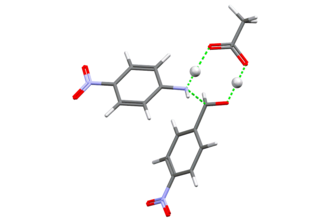
While studying a series of imine condensations in searching for the Hammett correlation in the solid state, the one reaction with 4-nitrobenzaldehyde and 4-nitroaniline would not move, not by a single iota. We attempted catalysis by acids and found, by experiment and modelling, that carboxylic acids are ideally suited to assist in proton transfer. Dedicated to Prof. Branko Kaitner, on the occasion of his 80th birthday.
Another fundamental result on the origins and causes of mechanochemical reactions. Out now in Angew. Chem. Int. Ed.
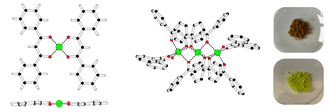
When it comes to ball impacts, each and every one makes a difference.
Another collaboration with Francesco Delogu and his team at Uni Cagliari describing a set of unique experiments that aim to understand what is happening after a milling ball hits and compacts a powder that is prone to a chemical reaction.
Angew. Chem. Int. Ed. 2023, e202308046 (open access thanks to Uni Cagliari)
The image is showing mapping of the product at the site of ball impact.
A better understanding of the use of the 18-crown-6 ether with KOH in mechanochemical reactions
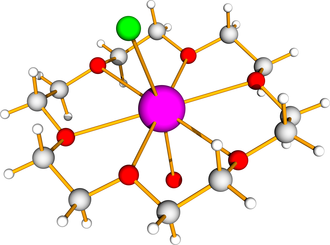
A collaboration with Hervé Geneste from AbbVie elucidated the benefits of using 18-crown-6 together with KOH.
New Perspective on crystal structure solution from powder diffraction data
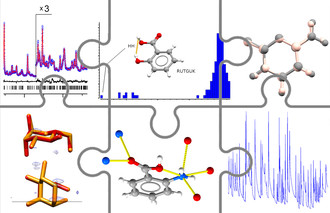
Together with Dubravka Šišak Jung and Stipe Lukin, a personal account highlighting some interesting examples from our own research and from the literature.
New paper bringing some good old physical-organic chemistry into solid-state mechanochemistry
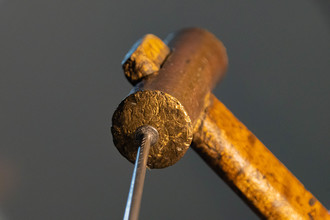
What if it wasn't necessary to have brand new mechanisms for mechanochemistry? A new collaboration with Francesco Delogu and by our PhD students, Leonarda Vugrin and Maria Carta.
What is the relationship between impacts and reaction progress in mechanochemistry?

Well, it seems to be linear. That is, the reaction progresses linearly with the absorption of kinetic energy of the milling balls.
An Accounts paper summarising advances in mechanistic mechanochemistry is out!
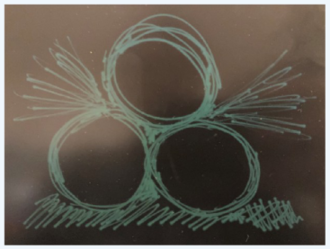
Presenting the work with Stipe Lukin, Luzia Germann and Tomislav Friščić in an Accounts review paper! Summarizing our in situ research in mechanochemistry since its inception.
Manpulating mechanochemical reactions by ...
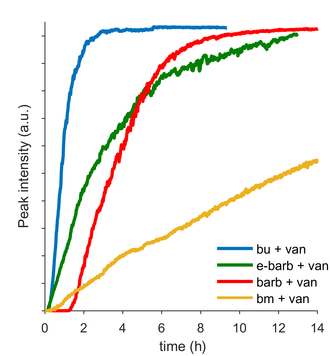
This paper explores manipulating mechanochemical reaction mechanisms and kinetics by modifications of solids.
In solution, one can change solvents and change solvation of reacting molecules. In mechanochemistry, the use of additives has become ubiquitous and its effects were recognised a long time ago (e.g. Watanabe, Senna, Tetrahedron Lett., 2005, 46, 6815; Watanabe, Hiraoka, Senna, Tetrahedron Lett., 2006, 47, 4481; Shan, Toda, Jones, Chem Commun. 2002, 2372).
Mechanochemical reactions environment is dynamic and rich. Inspired by the chemistry of the living cell where reaction are often coupled, we couple reactions in the solid state.
Mechanochemistry: A Practical Introduction from Soft to Hard Materials

Happy to announce publication of an introductory book on mechanochemistry.
Together with Guido Ennas, Alessandra Scano, Andrea Porcheddu and Evelina Colacino
News
This site uses cookies.
Some of these cookies are essential, while others help us improve your experience by providing insights into how the site is being used.
For more detailed information on the cookies we use, please check our Privacy Policy.
-
Necessary cookies enable core functionality. The website cannot function properly without these cookies, and can only be disabled by changing your browser preferences.

